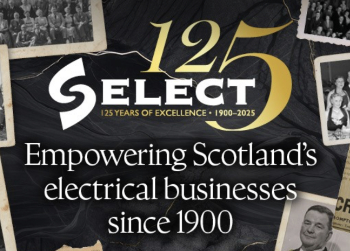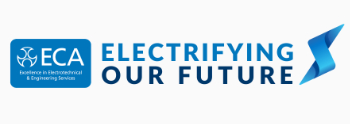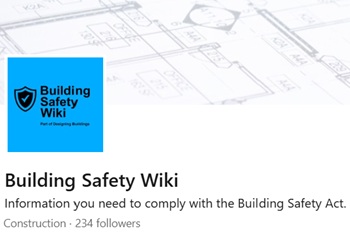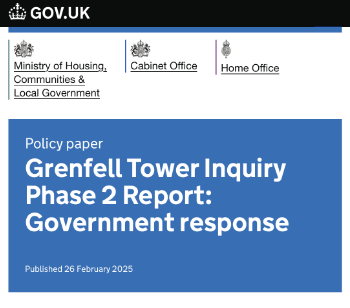ISO 50005:2021 Energy management systems; phased implementation
Contents |
[edit] The Role of ISO 50001 in a Net Zero Future
In 2019, the UK parliament passed legislation which requires the government to reduce greenhouse gas emissions by 2050 and effectively make the country net zero. Net zero occurs when the balance of greenhouse gas emissions produced is equal to or less than the amount removed from the atmosphere. In the race to net zero, reducing carbon emissions is at the forefront of the global environmental, social and governance (ESG) agenda.
Combating the damaging consequences of climate change is at the forefront of the global agenda, and SMEs have an integral role to play. Better energy management is a key consideration for small to medium organisations looking to reduce their emissions. The ISO 50005:2021 provides guidelines to support and simplify the implementation of an energy management system for SMEs. In this article, we’ll evaluate how ISO 50005:2021 can help SMEs achieve net zero carbon emissions.
[edit] SMEs are lagging
A survey conducted by the SME Climate Hub found that 63% of small business owners are concerned that they do not have the right skills and knowledge to tackle climate change; this despite eight out of 10 participants rating reducing emissions a high priority, and 96% of SMEs citing that it’s ‘the right thing to do’. The survey also revealed that over 80% of businesses are working to reduce energy consumption and waste, 64% are investing in employee education to help combat greenhouse gas emissions, and 52% are upgrading facilities and equipment.
The impact of SME's cannot be underestimated. Although each small business has a relatively moderate carbon footprint on an individual scale, these small businesses have a huge collective impact on both the planet and on their communities. To limit the effects of climate change, it’s imperative that every business has the tools they need to prioritise climate action.
[edit] How can ISO 50005:2021 help SMEs achieve net zero carbon emissions?
While the ISO 50005:2021 standard shares many common elements with its predecessor, ISO 50001:2018, it doesn’t cover all of its conditions, but instead builds a foundation for businesses to work towards the demands of ISO 50001:2018. Unlike large firms, most small businesses don’t have the resources to work through rigorous implementation documents. The intent of ISO 50005:2021 is to provide tangible resources to help organisations improve energy efficiency.
Although there is a long road to travel to meet the 2050 deadline for net zero carbon emissions, ISO 50005:2021 has a vital role to play in assisting SMEs with that all-important first step. ISO 50005:2021 focuses on energy management and energy efficiency and provides a pathway to compliance with the Energy Saving Opportunity Scheme (ESOS).
[edit] Features of ISO 50005:2021
- Robust framework for delivering energy performance improvement
- Helps businesses understand how to reduce consumption and improve energy efficiency
- Allows you to set year-on-year improvement targets for your energy sources
- Focus on providing training to your team and subcontractors to help ensure that everyone involved can help you reduce your energy demand
- Helps you work towards ISO 50001
The benefits of implementing the standard induce reducing your energy bills, saving money, saving carbon and giving your supply chain and stakeholders the confidence that you have your energy risk and opportunities under control.
[edit] Start with an energy monitoring partner
Do you know the driving factors behind your business’s energy use? Many small businesses don’t. An important part of ISO 50005:2021 is organising and strategically understanding your energy use and identifying opportunities. So, where to start? Although certification is beneficial to your organisation in so many ways, the progress of attaining and maintaining the standard can seem overwhelming. Using the services of an energy monitoring partner helps implement the infrastructure, data, software, hardware, and documents needed for an audit and certification.
[edit] Small business, big impact
Small businesses have an important part to play in the move towards net zero. Realising energy efficiency improvements through smart energy monitoring can help your business go further and faster towards reaching net zero targets.
Article supplied by press release as "The Role of ISO 50001 in Your Net Zero Future" dated November 14, written by Matthew Margetts is Director at smarter technologies.
[edit] Related articles on Designing Buildings
Featured articles and news
CIOB student competitive construction challenge Ireland
Inspiring a new wave of Irish construction professionals.
Challenges of the net zero transition in Scotland
Skills shortage and ageing workforce hampering Scottish transition to net zero.
Private rental sector, living standards and fuel poverty
Report from the NRH in partnership with Impact on Urban Health.
.Cold chain condensing units market update
Tracking the evolution of commercial refrigeration unit markets.
Attending a conservation training course, personal account
The benefits of further learning for professsionals.
Restoring Alexander Pope's grotto
The only surviving part of his villa in Twickenham.
International Women's Day 8 March, 2025
Accelerating Action for For ALL Women and Girls: Rights. Equality. Empowerment.
Lack of construction careers advice threatens housing targets
CIOB warning on Government plans to accelerate housebuilding and development.
Shelter from the storm in Ukraine
Ukraine’s architects paving the path to recovery.
BSRIA market intelligence division key appointment
Lisa Wiltshire to lead rapidly growing Market Intelligence division.
A blueprint for construction’s sustainability efforts
Practical steps to achieve the United Nations Sustainable Development Goals.
Timber in Construction Roadmap
Ambitious plans from the Government to increase the use of timber in construction.
ECA digital series unveils road to net-zero.
Retrofit and Decarbonisation framework N9 launched
Aligned with LHCPG social value strategy and the Gold Standard.
Competence framework for sustainability
In the built environment launched by CIC and the Edge.
Institute of Roofing members welcomed into CIOB
IoR members transition to CIOB membership based on individual expertise and qualifications.
Join the Building Safety Linkedin group to stay up-to-date and join the debate.
Government responds to the final Grenfell Inquiry report
A with a brief summary with reactions to their response.
























